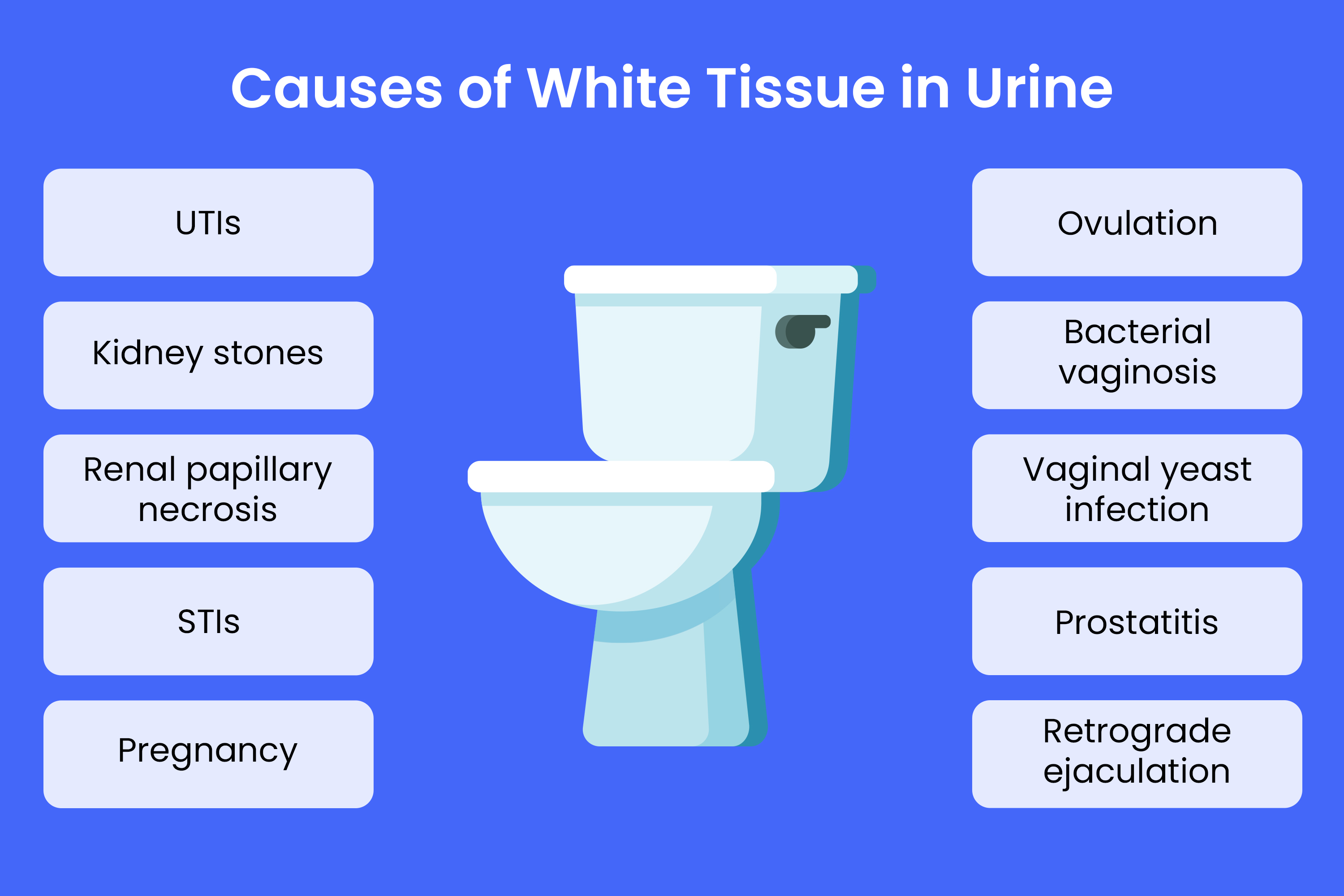Discovering Kidney Stones vs UTI: A Clear Introduction of Reasons, Signs, and Remedies
Discovering Kidney Stones vs UTI: A Clear Introduction of Reasons, Signs, and Remedies
Blog Article
Understanding the Key Differences In Between Kidney Stones and Urinary Tract Infections: An Extensive Overview for Individuals
Understanding the distinctions in between kidney stones and urinary system tract infections (UTIs) is vital for patients who may be experiencing comparable signs and symptoms yet deal with significantly different wellness challenges. As we discover these essential elements, it comes to be clear that identifying the special characteristics of each condition can exceptionally impact individual outcomes.
Introduction of Kidney Stones
The development of kidney stones, a uncomfortable and often incapacitating problem, highlights the vital significance of keeping kidney health. The key kinds of kidney stones include calcium oxalate, calcium phosphate, uric acid, struvite, and cystine stones, each with distinctive reasons and danger factors.
A number of elements add to the development of kidney stones. In addition, metabolic problems and specific clinical problems might predispose people to stone formation.
Signs of kidney stones can consist of extreme flank pain, nausea or vomiting, and hematuria, which usually motivate urgent medical analysis. Therapy alternatives differ, ranging from boosted liquid intake and nutritional adjustments to clinical treatments such as lithotripsy or surgical removal, depending on the dimension and place of the stones. Understanding these elements is important for reliable avoidance and monitoring.
Introduction of Urinary Tract Infections
Urinary system tract infections (UTIs) stand for an usual yet substantial wellness worry, influencing numerous individuals yearly. These infections take place when bacteria go into the urinary system, which includes the kidneys, ureters, bladder, and urethra. The majority of UTIs are triggered by Escherichia coli, a type of germs generally located in the gastrointestinal tract. While UTIs can impact anyone, they are especially prevalent in females because of anatomical distinctions that assist in bacterial entrance.
The danger elements for developing a UTI consist of sexual activity, certain types of birth control, urinary retention, and a background of previous infections. Uncomplicated UTIs are typically limited to the bladder and are extra typical in healthy and balanced people, while difficult UTIs might include the kidneys and happen in those with underlying health and wellness concerns.
Motivate diagnosis and therapy are necessary to prevent problems, such as recurrent infections or kidney damages (Kidney Stones vs UTI). Commonly, UTIs are treated with antibiotics, and safety nets can be employed for those with regular incidents
Typical Signs Contrast
Signs and symptoms of urinary system tract infections and kidney stones can usually overlap, leading to complication in medical diagnosis. In comparison, kidney stones have a tendency to trigger severe, sharp discomfort that emits from the back to the lower abdominal area and groin, frequently explained as colicky discomfort.
Furthermore, UTIs may be accompanied by high temperature and cools, especially in a lot more severe instances, while kidney stones can lead to queasiness and throwing up due to intense discomfort. While pain during urination is a hallmark of UTIs, kidney stones commonly offer with even more severe pain episodes, which might go and come.
Medical Diagnosis Methods
How can health care experts precisely distinguish in between kidney stones and urinary system tract infections? The diagnostic procedure begins with a detailed case history and a thorough evaluation of the person's signs and symptoms. Clinicians often do a health examination, which may disclose tenderness in the abdominal area or flank region, directing the diagnostic pathway.
Research laboratory tests play a crucial function in identifying in between these two problems. Kidney Stones vs UTI. A urinalysis can identify the presence of blood, crystals, or microorganisms, which are a measure of either problem. In instances of urinary tract infections, the urinalysis might show a significant existence of leukocyte and nitrites, while kidney stones may offer with particular crystals
Imaging researches, such as abdominal ultrasound or computed tomography (CT) scans, are vital for visualizing kidney stones. These imaging techniques make it possible for doctor to examine stone dimension, area, and prospective obstructions you can check here in the urinary system system. In comparison, urinary system infections usually do not require imaging unless difficulties are thought.
With each other, these diagnostic techniques empower medical care professionals to properly detect and separate between kidney stones and urinary system system infections, making sure that individuals get appropriate care and administration.
Treatment Options and Avoidance
While both kidney stones and urinary tract infections (UTIs) require his response timely therapy, their administration strategies differ dramatically.
The therapy for kidney stones typically includes pain management, hydration, and sometimes, medical procedures such as extracorporeal shock wave lithotripsy (ESWL) or ureteroscopy to remove or damage down stones. Patients are frequently advised to raise liquid intake to promote stone flow and minimize reappearance. Nutritional modifications might likewise be needed, depending upon the stone type.
On the other hand, UTIs are mostly treated with antibiotics to eliminate the bacterial infection. The particular antibiotic prescribed depends on the germs identified and regional resistance patterns. Additional steps, such as raised liquid intake and urinary system anesthetics, may help minimize signs and symptoms.
Avoidance methods vary as well; for kidney stones, maintaining appropriate hydration and sticking to nutritional limitations can be efficient. For UTIs, preventative approaches consist of appropriate hygiene methods, peing after intercourse, and possibly preventative anti-biotics for reoccurring infections. Understanding these therapy and avoidance techniques is essential for efficient administration and to decrease the danger of problems connected with both problems.
Verdict

Comprehending the differences between kidney stones and urinary system system infections (UTIs) is important for people who might be experiencing comparable signs and symptoms yet face vastly different health and wellness obstacles. The main types of kidney stones consist of calcium oxalate, calcium phosphate, uric acid, struvite, and cystine stones, each with distinctive reasons and danger aspects.

Report this page